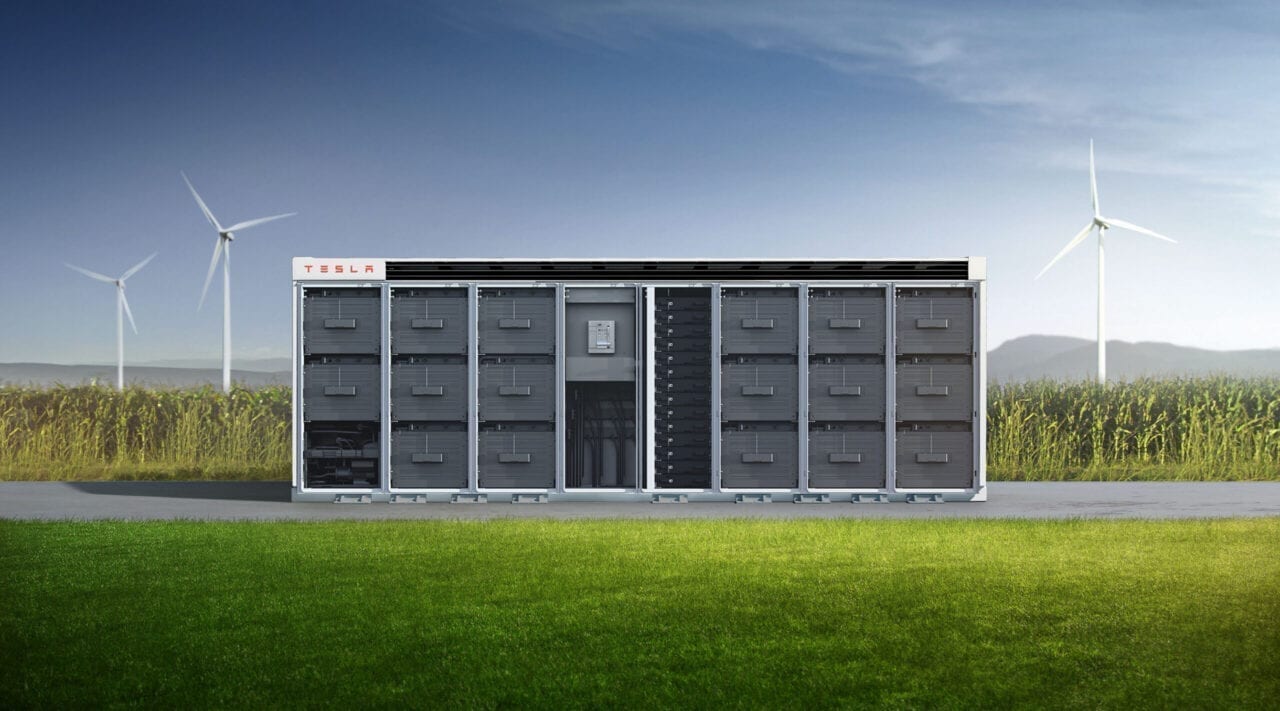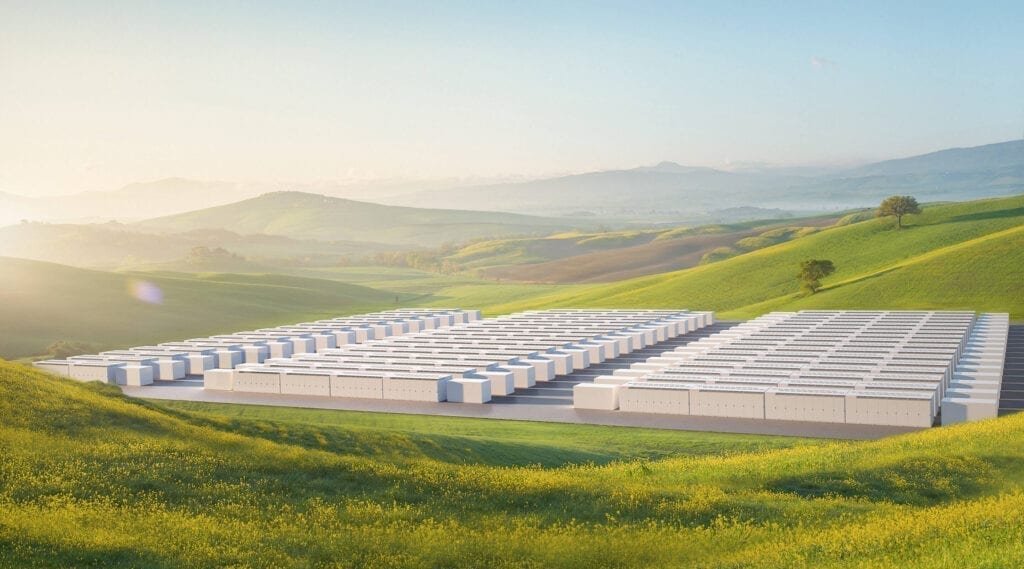PG&E, Tesla Team on Milestone Battery Storage System
The post PG&E, Tesla Team on Milestone Battery Storage System appeared first on POWER Magazine.

A new battery energy storage system (BESS) at an electric substation in California is expected to be one of the world's largest utility-owned, lithium-ion storage systems when it begins operating next year.
The 182.5-MW BESS is being built by Tesla and Pacific Gas & Electric (PG&E) at the utility's substation in Moss Landing in Monterey County. The two companies are working together on the design and construction of the system, and will jointly maintain it. PG&E on July 29 said ground has been broken for the system, which it said it expects to energize early next year. The BESS is expected to be placed into full operation in the second quarter of 2021.
Investor-owned utilities in California are required to provide energy storage capacity under the state's Energy Storage Decision (AB 2514), passed by the legislature in 2013. The measure requires those utilities to provide a total of at least 1,325 MW of operational energy storage capacity by 2024. PG&E's share is 580 MW; the company said Moss Landing substation BESS is just one of several storage projects the utility plans to build over the next few years. PG&E as of May of this year had awarded contracts for BESS projects totaling more than 1 GW of capacity, with plans to roll out the systems in its service area through 2023.
$100 Million in SavingsPG&E on Wednesday said it forecasts the Moss Landing BESS will save more than $100 million over the 20-year life of the project, when measured against the forecast of local capacity requirements and associated procurement costs that would have been necessary without the BESS.
Battery energy storage plays an integral role in enhancing overall electric grid efficiency and reliability, integrating renewable resources while reducing reliance on fossil fuel generation," said Fong Wan, senior vice president for Energy Policy and Procurement at PG&E, in a news release. It can serve as an alternative to more expensive, traditional wires solutions, resulting in lower overall costs for our customers. The scale, purpose and flexibility of the Moss Landing Megapack system make it a landmark in the development and deployment of utility-scale batteries."
 This artist's rendering shows how a Tesla Megapack battery energy storage system would look once installed. Courtesy: Tesla
This artist's rendering shows how a Tesla Megapack battery energy storage system would look once installed. Courtesy: TeslaTesla's Megapack is designed specifically for utility-scale energy storage projects. The Megapack builds on the success of the company's Powerpack, the world's largest lithium-ion battery when it was installed at Neoen's Hornsdale Wind Farm in South Australia in 2017. The wind farm was a POWER Top Plant in 2018.
Tesla last year said projects such as Moss Landing will act as a sustainable alternative to natural gas peaker' power plants," which are designed to provide power to the grid at times of increased demand for electricity. The company said a Megapack installation can use stored excess solar or wind energy to support the grid's peak loads."
Megapacks Use Powerhub PlatformTesla said it has developed its own software in-house to monitor, control and monetize Megapack installations. All Megapacks connect to Powerhub, an advanced monitoring and control platform for large-scale utility projects and microgrids, and can also integrate with Autobidder, Tesla's machine-learning platform for automated energy trading. Tesla customers have already used Autobidder to dispatch more than 100 GWh of energy in global electricity markets. And, just as Tesla vehicles benefit from continued software updates over time, Megapack continues to improve through a combination of over-the-air and server-based software updates."
The Moss Landing project was approved by the California Public Utilities Commission in November 2018. Monterey County officials threw their support behind the project in February of this year. PG&E said as many as 50 utility workers and contractors will build the system, which includes installation of 256 Tesla Megapack battery units on 33 concrete slabs.
Each Megapack unit houses batteries and power conversion equipment in an individual cabinet. Transformers and switchgears will be installed along with the Megapacks to connect energy stored in the batteries with the 115-kV electric transmission system.
The BESS will have the capacity to store and dispatch up to 730 MWh of energy to the electrical grid at a maximum rate of 182.5 MW for up to four hours during periods of high demand. PG&E's contract with Tesla includes an upsize option, which can increase the capacity of the system up to six hours, or 1.1 GWh in total.
Increased ReliabilityPG&E said the Moss Landing BESS will enhance reliability in its service territory by addressing capacity deficiencies as a result of increased local energy demand. The energy storage will participate in the California Independent System Operator (CAISO) markets, providing energy and ancillary service to the CAISO grid. The system will be available to serve as an operating reserve that can be dispatched to ensure there is sufficient generation to meet load.
Energy storage is critical in achieving California's clean energy goals, and the California ISO looks forward to working with PG&E in advancing its storage projects," said Mark Rothleder, vice president, Market Quality & California Regulatory Affairs with CAISO.
PG&E has deployed energy storage units for several years, beginning with energy storage at the Helms Hydroelectric Facility in the Sierra Nevada mountain range, which has operated since 1984. The utility in February 2017 deployed its first lithium-ion energy storage system, which features Tesla Powerpack technology, at its Browns Valley substation north of Sacramento.
PG&E said that in addition to increasing its utility-scale battery energy storage, it continues to help customers install residential and other behind-the-meter storage systems. The company Wednesday said more than 10,000 of its customers, mostly residential, have installed BESS set-ups, totaling about 140 MW of capacity.
-Darrell Proctor is associate editor for POWER (@DarrellProctor1, @POWERmagazine).
The post PG&E, Tesla Team on Milestone Battery Storage System appeared first on POWER Magazine.